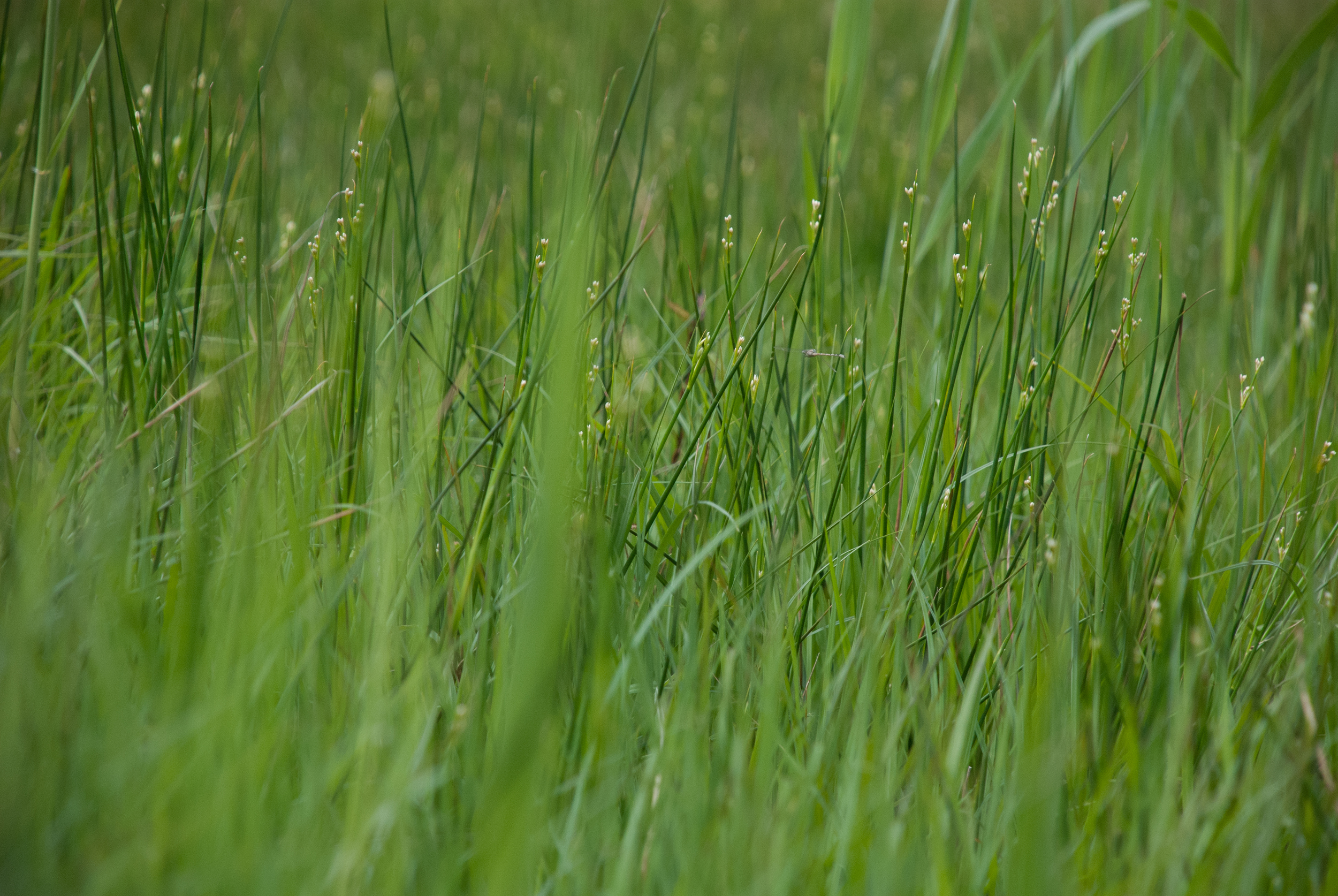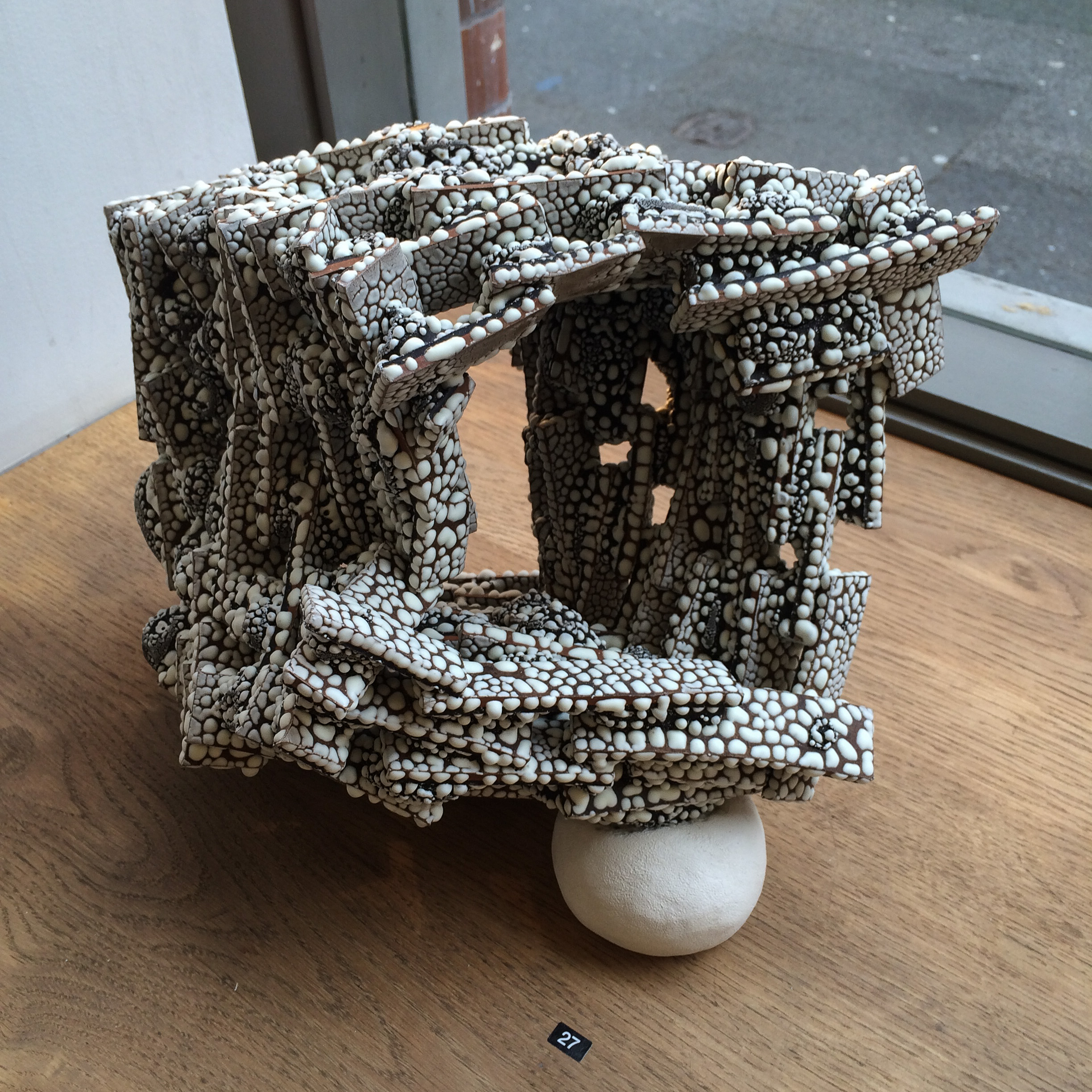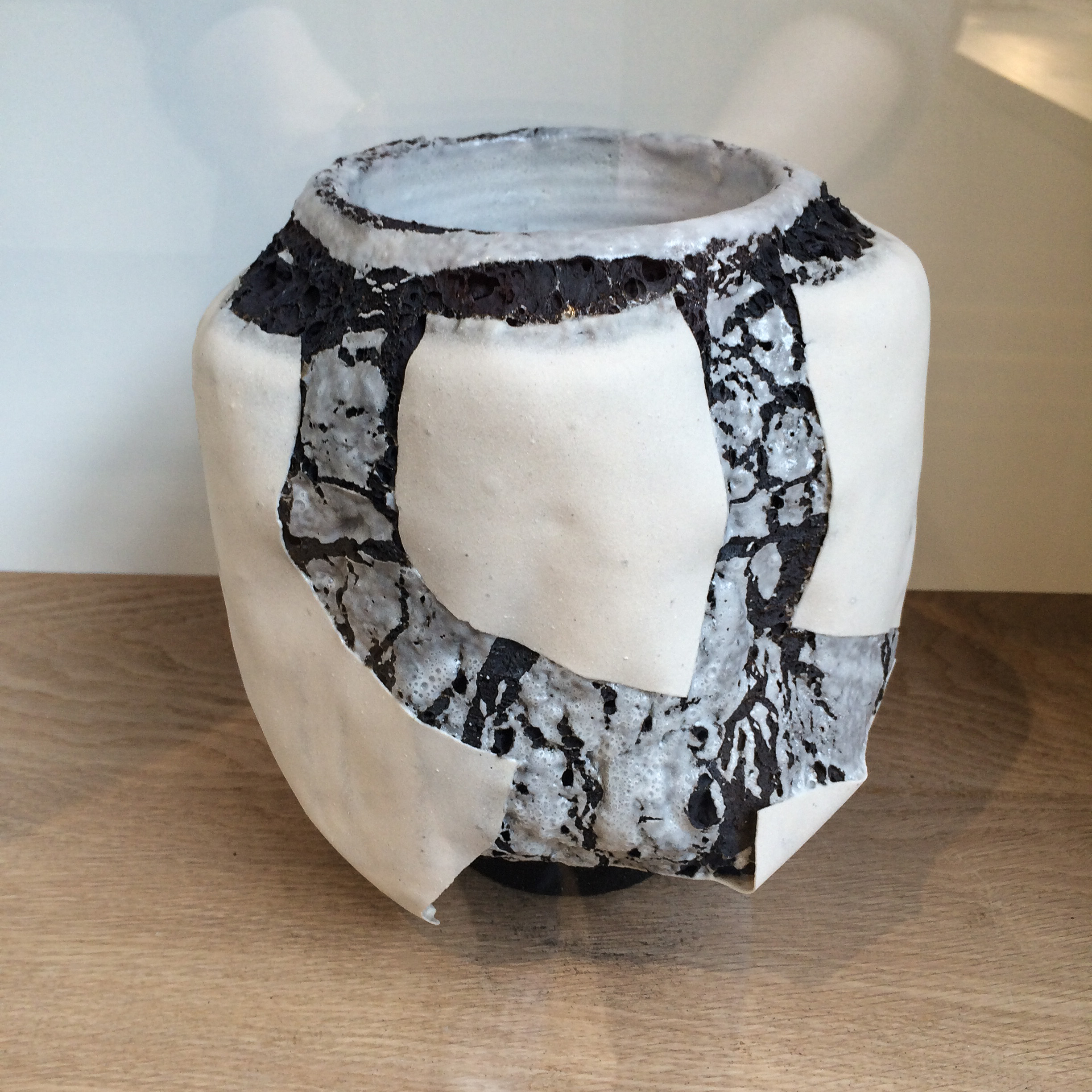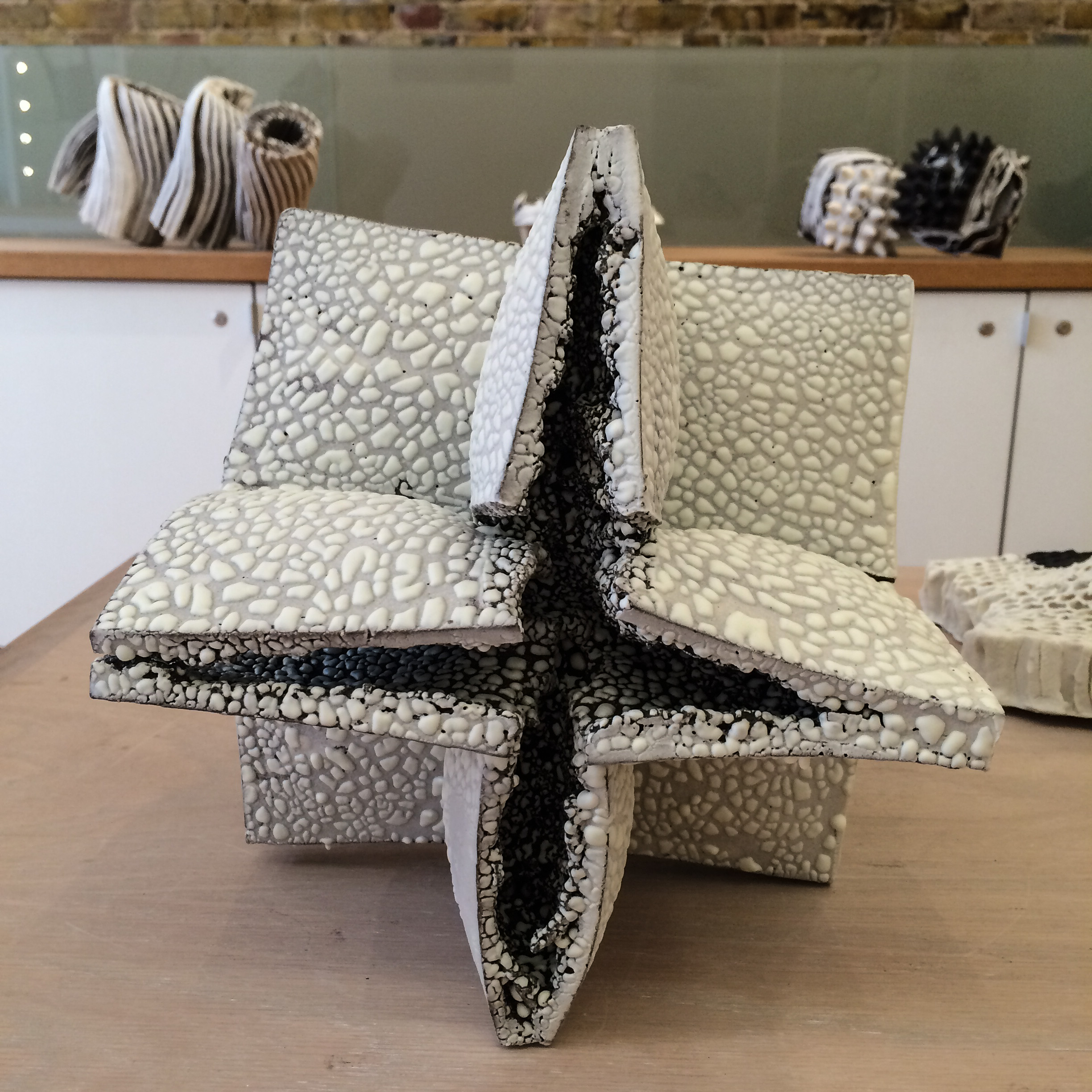I am very excited to be starting a new collaborative project with artist Sally Tyrie and on Friday we made an initial research visit to Wicken Fen. This is one of the National Trust’s oldest reserves (acquired in 1899) and one of the last remaining un-drained areas of the East Anglian fens. It is an exceptionally rich wetland habitat.
At this time of year, the dominant impression is greenness. The fen is a mass of tall sedges, grasses and reeds in brilliant emeralds and yellow greens, threaded through with traces of red and rust orange. Flashes of yellow, magenta, blue violet from the many marsh flowers – including orchids. It was gorgeous … but I am really looking forward to seeing the Fen in the winter when the green is bleached out and the underlying structures are exposed.
I’ve visited Wicken before but it was a long time ago and therefore it was like discovering the place afresh. There is that initial phase of orienting yourself within a place – finding your way around, noticing what you notice, what you choose to focus on. As ever, I was consistently drawn to details – marks and traces – reflections, linear marks, particularly of the reeds and sedges at the water’s edge.
Linear reflections
Disrupted lines
But it’s interesting to experience a place with someone else – two pairs of eyes. Sally noticed things that I might have passed over – expanding my awareness, widening the range of things I noticed.
We were drawn to the hides – both the structures themselves and the experience of looking out of them. As well as the viewing hatches, many of them had random holes in the walls (Birds? Knot holes?). So there were lots of ways of looking out, looking through, peepholes, slits, cracks.
Looking beneath
Looking through
Looking out
Worn and weathered plastic windows veiled and obscured the view – they simplified what you could see into shadowy outlines, veiling and obscuring as much as they revealed. –partial information, selective. My attention moved between the marks on the surface of the window itself and what you could see through it.
Obscured view
Veiled
Marks on the surface and shadowy landscape beyond
(By the way my new “dream studio” is a wooden shed on stilts, with hatch windows and a good view … although maybe not for wet work.)
No preconceived ideas about what work might result but lots to think about. There will be more visits, visual research, drawing and thinking with a view to developing work for an exhibition sometime next year. So expect to be hearing more about the fens over coming months.
Visit Sally’s web site to see her work and follow her side of this collaboration.








